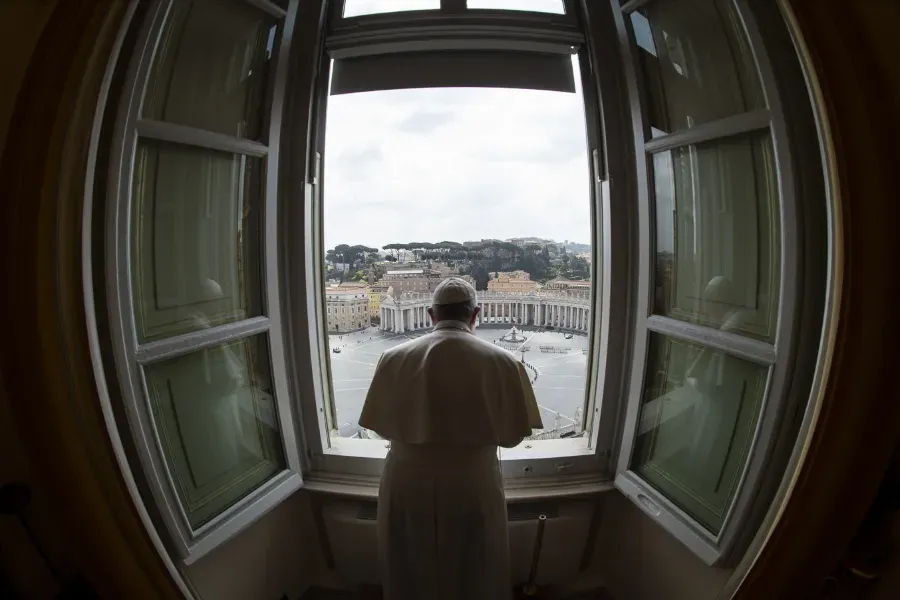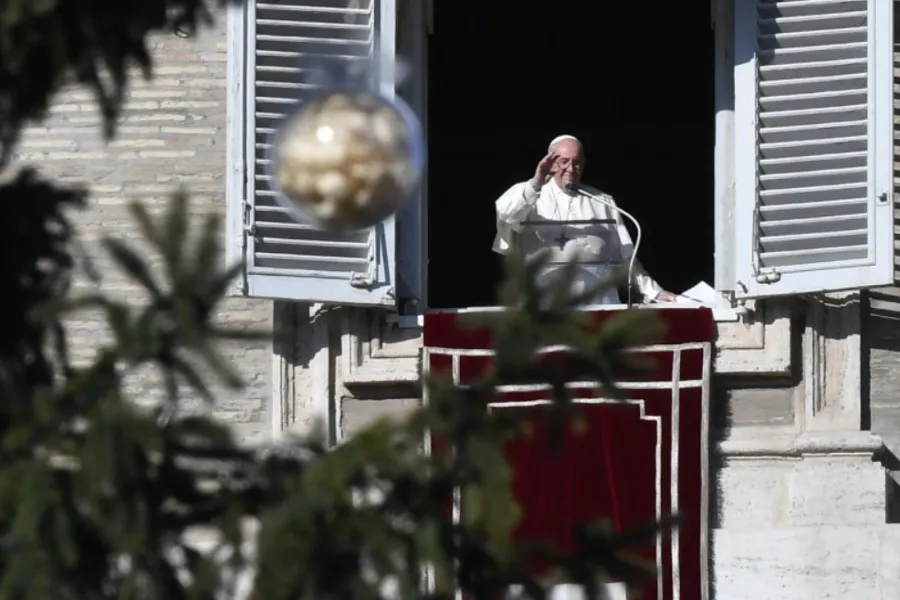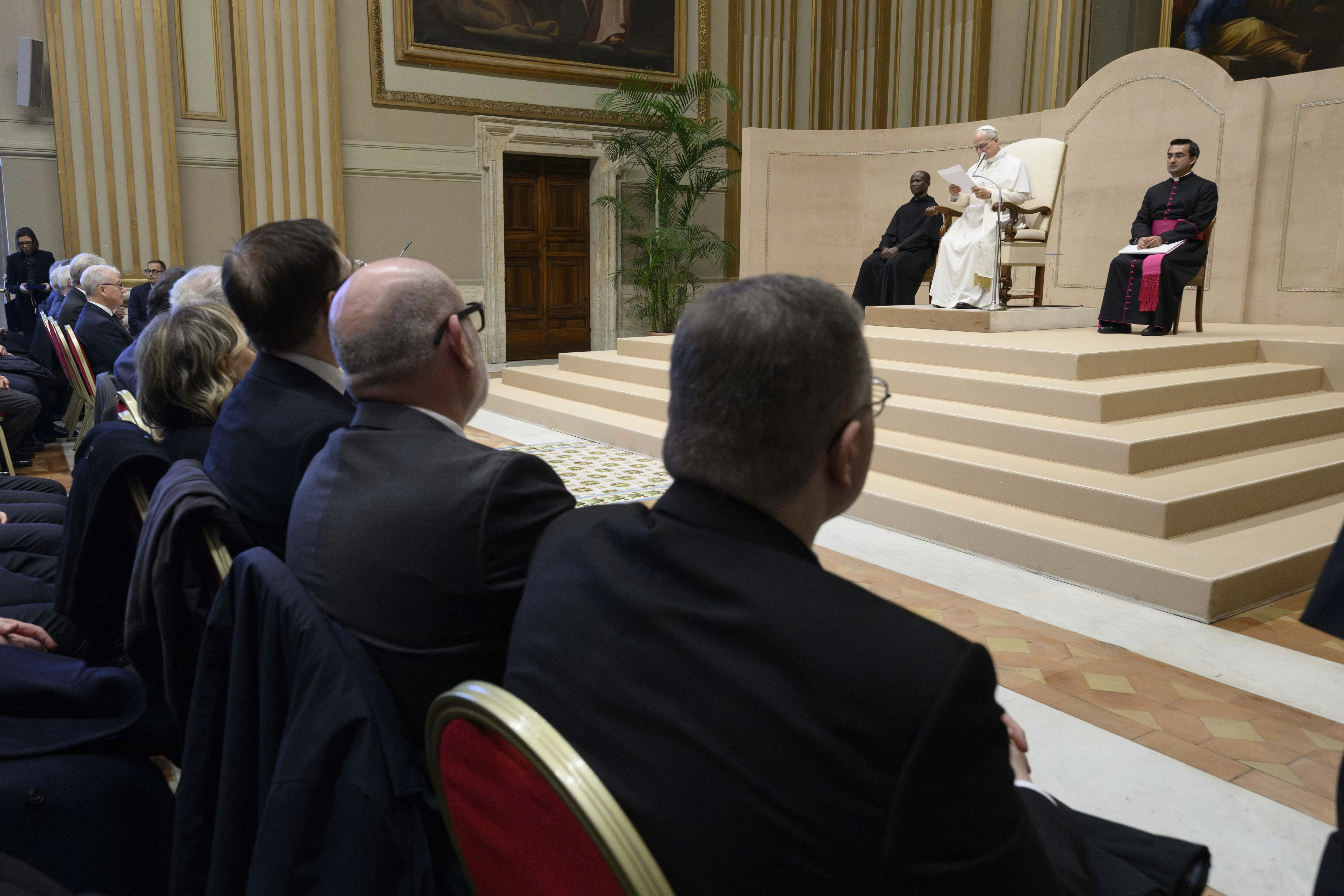Vatican City, 04 January, 2022 / 11:30 am (ACI Africa).
It all started more than 67 years ago with Luigi Gedda, an Italian Catholic doctor, political activist, and influential lay leader.
In a Marian Year, Gedda, then president of the association Azione Cattolica (Catholic Action), convinced his friend Pope Pius XII to recite the midday Angelus publicly from the window of his private study.
So, on Aug. 15, 1954, the Solemnity of the Assumption of Mary, Pius XII addressed Catholics in Rome and around the world over Vatican Radio, inviting them to join him “in the pious greeting to the Mother of God.”
This was the beginning of a papal custom that takes place every Sunday and Marian solemnity, when the pope appears at the window of his library in the Apostolic Palace at noon to lead the faithful gathered below in St. Peter’s Square in praying the Angelus in Latin.
The Angelus has its roots in a medieval practice of praying the Hail Mary three times in a row, as recommended by St. Anthony of Padua.









